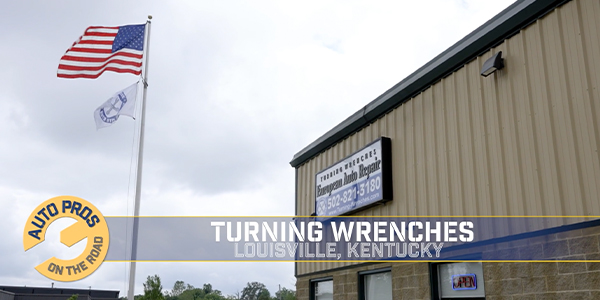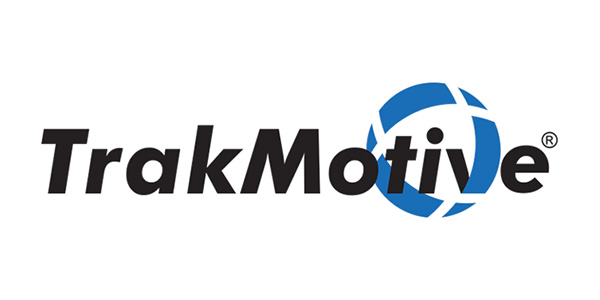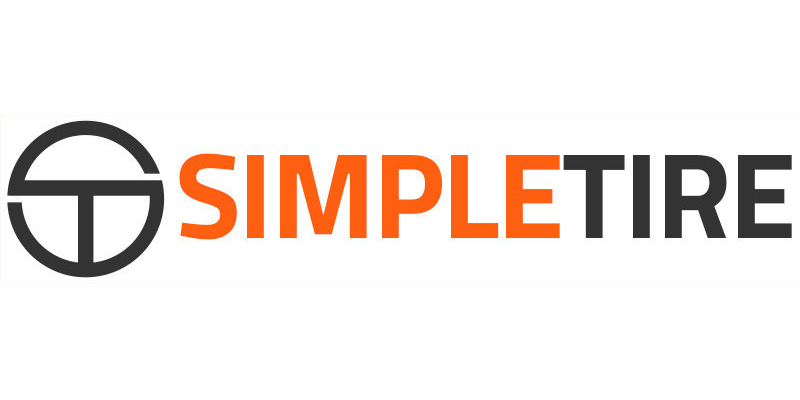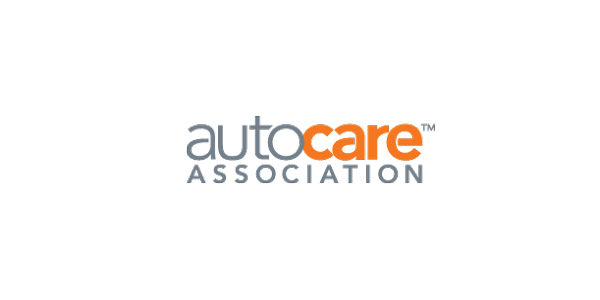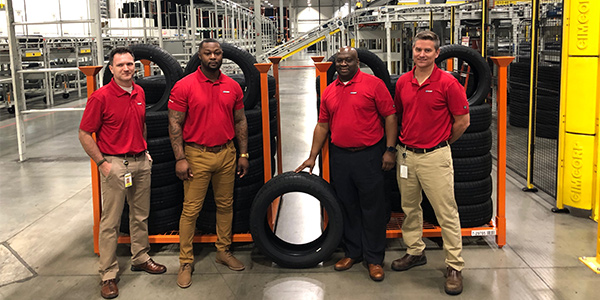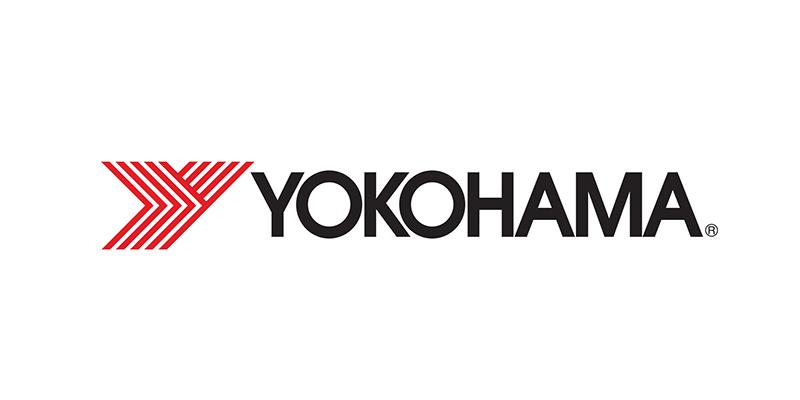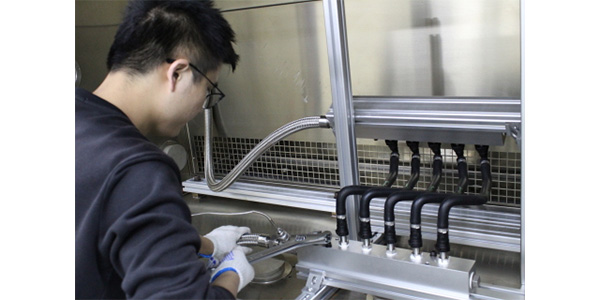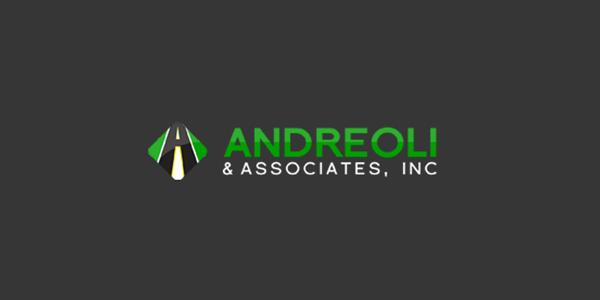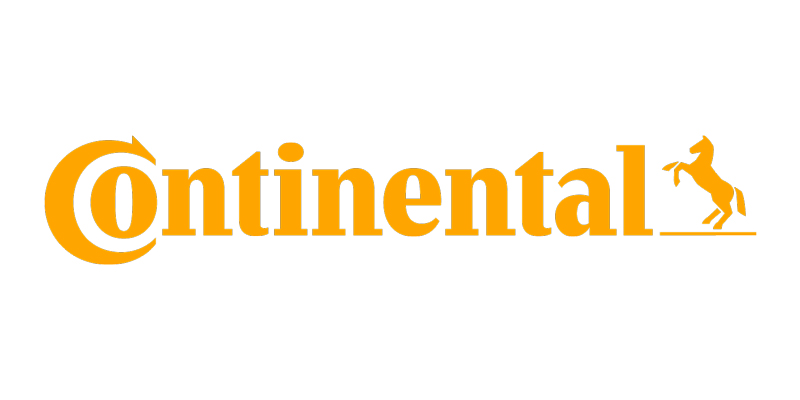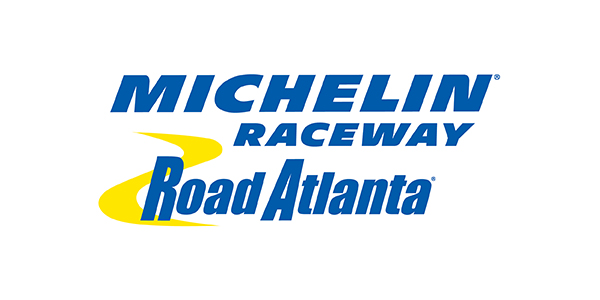
Brian Sheehey is director of commercial tires for Hankook Tire America Corp.
Q: Hankook, in the truck tire market, is really not that well known. Has that been an issue with product availability, or promotion or acceptance in the market?
A: The problem with the knowledge of the product has had more to do with our previous distribution channels. Our tires were, first of all, container based, strictly container based. When you have that limited availability not everybody can do it, especially in the truck tire market where if you run out of product you cannot wait three months for the product to resurface. So you would not get the kind of continuity you need with a fleet for a real partnership or with dealers who would not have a continuity relationship with us. When I joined the company about four and a half years ago, the direction we took was education about the brand name and the company, and the products were actually secondary at first. We had to get people to know that we had the products – the steers, drives and trailers – and the quantities that we had. Once we knew we had the quantities, we could sell on the quality. So it was the name, the quantity and the quality in that order. It’s been an uphill battle but it’s been a lot of fun because we got to meet and educate people. Seriously, for probably the first two to three years I was with the company, it was all about education.
Q: Where are you at with it now? Obviously you are getting a better foothold with distribution. What are your primary channels?
A: The primary focus right now is to refine our distribution channels and to expand them. We had limited distribution before, and now our channels are going after a lot of the servicing dealers. And I don’t mean just larger dealers, I mean servicing dealers. They may be small, medium or large. But compared to the wholesale side they offer more of an opportunity to upgrade the quality of our complete product, by which I mean the quality of overall products, which is putting the right tire in the right application. Sometimes, with limited distribution, some of our lower-level products would be put on any application. The end result might be a misapplication where the product would be blamed and not on the misapplication. The servicing dealers have a little more vested interest in the overall growth of the product and the brand because now it affects them. They can represent the product a lot better. They can make sure the tire is right for the application, like making sure you have a line haul steer on a line haul application. If you try to put a P&D on a line haul tractor, you’re going to have irregular wear problems. You are more susceptible to them. Now they understand that’s an application problem and not a product problem. That is probably the biggest problem any container-based manufacturer has.
Q: The other problem with container distribution is maybe less than optimal understanding of the application in the individual markets. Did you find that to be part of the problem? Have you been working with the R&D guys and engineers to tweak the products or bring in new products that are more acceptable here?
A: When you are strictly container based then you make the products for everywhere in the world. You might make slight changes in compounding for the Middle Eats vs. North America. But when you make a P&D tire or a line haul tire, it’s the tire you sell worldwide. Now line haul in North America is a lot different than line haul in Europe. So you cannot have that. What we call a medium distance or a regional haul is actually a line haul tire in Europe. You have to make sure you have the right tire for the application. When we really started focusing on expanding our distribution and being more product specific, we evaluated what the needs for the North American market were – both the U.S. and Canada.
We translated that to our direct contacts. I have a direct contact for our headquarters in South Korea who translates everything for me for the engineering side at our R&D center there and for our management in Korea. And then 13 hours later we get an answer back. So we have that direct contact using someone who speaks English well and understands the North American market and translates everything, even to our offices in China. The communication is quicker than it ever has been. We have been able to take our statistics or our R&D information or our claims data and translate that quicker.
As a result, we saw that some of the problems we had involved just minor tweaks to the product. Like testing our products here instead of testing them overseas and bringing them here. The U.S. has unique conditions that impact tires, like the desert of California and Arizona, the cold in Wisconsin, and the potholes in New England or New York. And we have been able to take that information and get answers quickly. I have on staff now an R&D engineer, someone who designed truck tires and was in the R&D center, and is now in truck tire marketing. I have that resource two feet from me in my office and it makes for a quicker and more careful diagnosis of any problems by an actual trained professional. A marketing guy who was an engineer and can now translate this information to our R&D center. So it really is about increasing the education and the knowledge of not only the dealers but our own people on what dealer and fleet needs are.
Q: What has the downturn in shipping and truck tonnage meant to Hankook’s efforts in the truck tire market?
A: It’s more challenging, to be sure. We had an eight-year plan at the time that had no OE in it, because we didn’t know if we had the capabilities to go to a truck OEM. The truck side is all end-user driven at OE, so the fleets decide what they want on their vehicles. Now we are starting to work toward that. About two years ago we had nobody in the field, and now we have seven people in the field. With everybody contracting, Hankook’s plan is to expand. In a tough market you have to work harder. This year, we’re going to bring in more tires than last year. We’re going to have an increase, so that is something we have to sell. The only way to sell it is to personally represent your own product. Our dealers are fantastic, but if we don’t personally represent it to our dealer network, it’s never going to get out to the fleets.
So to answer your question, we’re putting more people on, and we’re going to work harder. It’s going to be more surgical than just throwing it up against the wall. I think some of our larger competition – some of the big three – got so large, with a marketshare of something like 65% between the three of them that the contracting market is affecting them more. Hankook had marketshare of something like 2.5% in 2007. I think you’ll see a good increase in that marketshare moving forward. But where somebody else might have an increase in marketshare and a decrease in volume, Hankook’s goal is to slowly and steadily grow the volume side of it. If that grows the marketshare side of it, then that’s great. But we can only sell the tires we produce.
Q: Are there some unique opportunities out there, some one-off opportunities because of the nature of some of the competitors out there?
A: Absolutely. The biggest one is with what you would say are second tier fleets. The big ones everybody knows. Go into any of the trade journals and you’ll the top 100 fleets and the big three tiremakers – and even four, five and six – are always fighting to grow marketshare in those mega-fleets. They are the ones who are most affected because where you see a Circuit City or a Kohl’s or a Walmart suffering a serious drop in their business, well then the trucking corresponds to that. And that means less tire units for them. But some of the smaller businesses, which may not be nationally important, are more regionally important and are more insulated. And there’s a lot more of them. Another reason why we’re concentrating on the regionally important fleets is they are more important to the dealers and are more of a cash sale business for them. There is a bit of a backlash on national account sales right now because of the decline in truck tonnage and the fact that there is no credit. How can you sell somebody if you can’t get them credit? Their balance sheets and financials may be fine, they may have great cash flows and everything else is fine, but the economy worldwide is hurting them and we may not be able to open up new credit to them. It’s the constraint on credit that is slowing us right now. It’s not the product, it’s not the quality. And we’re adding the people. It’s the credit that is making it very tough right now.
Q: Aside from the economic turmoil, Hankook globally has a goal to be in the top five as a tiremaker by 2012. Truck tires have got to play a big role in that. What are your plans to increase penetration in North America?
A: You hit the nail on the head, as far as our commitment to truck tires. About a year or two ago our executive board got together and there was a huge decision on growing the truck tire business. We didn’t see a lot of growth room in passenger tires, but we felt there was a lot of room for growth in truck tires. We have a commitment where in just over the last two years we went from basically zero people in the field to having seven now, and I see hiring at least three more this year. We have a corporate goal in the U.S. of probably having more commercial tire managers than we have territory managers, and where the commercial tire managers are working directly with the servicing dealers. It has to be a joint effort.
The very first thing I tell anyone who we talk to about working with our company is that they have to enjoy working with the servicing dealers. It’s as simple as that. There are no lone wolves. We don’t go to the fleets and say "try Hankook" and then bring them to the dealer. We have to go with the dealers to the fleet together. I’m just a new tire guy, and that is just a small part of a fleet’s needs or even the business of a tire dealer. The service, the retreading, the air ups, the pressure checks, the confidence that the dealer will not only represent Hankook but will follow up with the fleet and cover all their needs – all of those things are part of the package we want to deliver. If that fleet is down and they cannot rely on the dealer we are working with, then we aren’t going to get that business, and we won’t be an OE consideration. It really is dealer driven. Hankook cannot grow except parallel and together with the dealers. So the rule I have is that 80% of the commercial managers’ time is with the servicing dealers in the fleets. Plain and simple. If you cannot do 80% then there is no reason to come here.
Q: What needs to happen from a technology standpoint with the product to get it to the next level?
A: We have actually done more specific market or application needs assessments. Over the last two years we included 445/65R22.5 in our wide base selection so now we can go after those concrete mixers and heavy off-road construction trucks. We brought in a 315/80R22.5, 10,000 pounder to compete in the sanitation business. Without that you don’t even get in the door. You cannot even get a chance at it.
Now, it’s our first generation, while some of our competition is on its third or fourth generation. You hit on the other part and that is quality. Some competitors that are below us are trying go directly to the national accounts or directly to the end-user. They won’t succeed if they don’t have the quality. I don’t even worry about the quality of our tires any more. I don’t have to sell the quality any more because once you get the product the quality proves itself. I have to sell the name recognition. I worry about the name recognition and getting the right people to back it up.
Where are we going to go with it? Well, as soon as we saw the SmartWay program we jumped right on it. Now, you don’t go right into SmartWay and five minutes later get acceptance. It’s a government agency. Just the application process took seven months. We had no problem with that. Hankook is the fifth manufacturer to get certified. If you look globally, we’re the seventh largest but in the U.S. we are even further down. There are manufacturers that are much smaller than Hankook, but here their marketshare is double, even triple, what ours is. So for us to be able to get that certification before some of the companies with bigger marketshare is a big deal. Then the next step is that Hankook needs to be SmartWay-compliant on the logistics side. We cannot just do a little part of it; Smartway is a whole program. Even though we have the product side of it, we are also a shipper. We are in the top 50 worldwide in terms of container movement. And we also move all of our product in local markets and we have gone to being warehouse distribution based, so we have truckers and all these other fleets that work with us. We have to work on being SmartWay compliant in logistics. Once we get that, the next thing is better compounds, better application-specific product and a closer focus with larger fleets that are going to help us be better.
Hankook has to be in the ballpark when you talk about product performance – total removal miles, retreading, everything that has to do with cradle-to-grave. Well, how do we do it? We don’t have our own retreading process. So we have to have a better casing and our warranty supports that. The next phase is that we have to show our technical ability vs. the big guys. That’s how we are going to improve our product.

